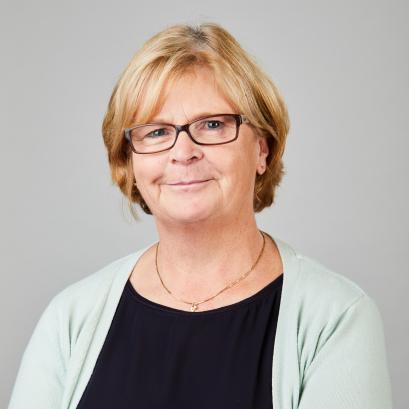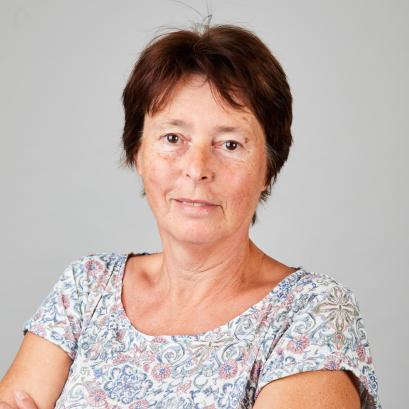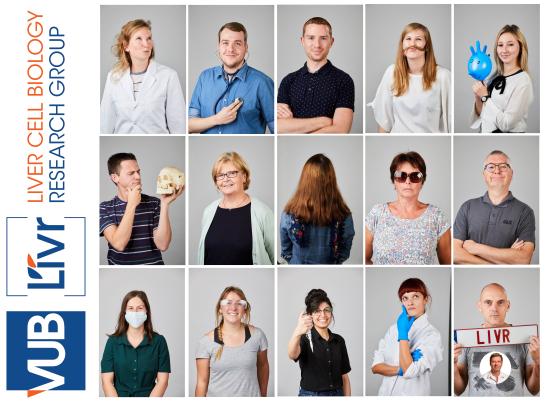LIVR Today
At the start of 2024, the LIVR team consists of
- 6 senior scientists and postdocs,
- 8 PhD students,
- 3 technicians
The LIVR team investigates:
- the mechanisms of liver fibrosis development and resolution
- the identification of hepatic stellate cell-specific biomarkers for liver fibrosis staging
- the generation of in vitro liver disease models
- the role for liver progenitor cells during liver regeneration
Located at the Brussels Health Campus of Vrije Universiteit Brussel (VUB), LIVR is part of the research cluster "Liver, Cell Biology and Toxicology", together with the team of IVTD (In Vitro Toxicology and Dermato-Cosmetology).
The research teams of Liver Cell Biology (VUB) and Hepatology (Ghent University) established in 2011 the "Translational Liver Cell Biology Alliance" to perform studies on the pathophysiology of the liver : by using in vivo and in vitro models of liver fibrosis, signals and processes that matter during liver fibrosis/cirrhosis development are investigated.
Contact:
Leo.van.Grunsven@vub.be (Head of LIVR)
jmlazou@vub.be (lab administrator)
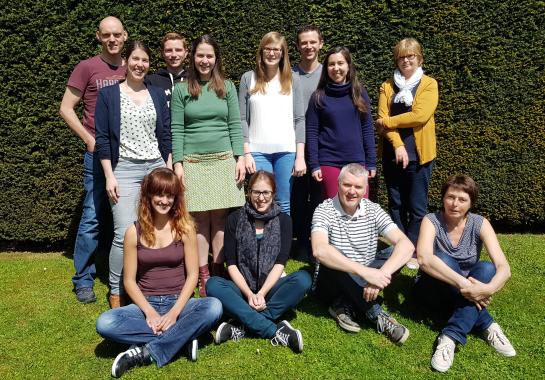
Before LIVR...
1980s -1990s
The roots of the LIVR group go back to the 1980s.
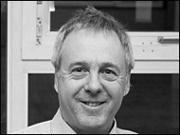
Albert Geerts (29/09/1952-24/01/2009) studied Pharmaceutical Sciences at the Universities of Antwerp (Bachelor) and Ghent (Master and PhD). He graduated as Doctor in Pharmaceutical Sciences with greatest distinction. In 1980 he was appointed research assistant at the Department for Cell Biology and Histology (CYTO) of the Vrije Universiteit Brussel (VUB) (head: Prof. E. Wisse). He started a small research team within CYTO, with focus on liver fibrosis. In 1984 he contributed to the first paper on isolation, purification and culturing of hepatic stellate cells [1].
Albert Geerts climbed the ranks at VUB, from research assistant to professor. By 1995, his had developed a strong background in fundamental liver research and became internationally recognized for its work on hepatic stellate cells [1-5]. The work in 1990s resulted in 3 PhD's : Pieter De Bleser (1996), Marc Hautekeete (1997) and Toshiro Niki (1999). The staff had gradually grown out to a maximum of 18 members in the late 1990s. In 1997, Hendrik Reynaert, MD (Gastroenterology, UZ Brussel) joined the group, and helped to raise research fundings for the team through new contracts with partners of the pharmaceutical industry.
2000-2010
In 2000, Albert Geerts accepted the Chair of Medical Cell Biology at the University of Newcastle-upon-Tyne, UK (01/10/2000- 30/09/2002), becoming full professor. He kept a 10% position (with limited teaching activities) and a small research team of 6 members at VUB with 4 PhD theses to be defended in the coming years: Karine Hellemans (2002), Krista Rombouts (2003), Hendrik Reynaert (2004) and Anne Durnez (2006-KULeuven/VUB).
In 2002, he returned to full time to VUB and became responsible for teaching "Cytology", "Introduction to Bioinformatics", "Tissue Biology and Engineering" and "Cell Biology". He continued to work on the cytoskeleton of hepatic stellate cells (HSCs) [6] and on the influence of somastotatin on HSCs [7]. New projects started on the role of HSCs in the pathogenesis of NAFLD. In 2003, when Prof. E. Wisse was given emeritus status, Albert Geerts became head of CYTO.
In 2005, he became partner in the European research network HEPADIP (EU-FP6 programme, 2006-2010). More researchers joined the team : Dr. Leo van Grunsven was attracted as a postdoc to work on the transcriptional regulation of HSC activation (GOA 2006-2010). In 2007, Prof. Geerts became coordinator of the IAP VI network HEPRO: "Hepatic progenitor cells under experimental conditions and in human liver disease" (2007-2011). Postdoc Laurent Dollé was attracted on a stem cell project, funded by ISRIB, Brussels Region (BRUSTEM 2008-2011). Hendrik Reynaert was appointed as Professor of Physiology and continued to support the team. At the start of 2009, following succesful fundraising and recruitment strategy, CYTO consisted of 20 members: 3 professors (Geerts/Reynaert/van Grunsven), 2 postdocs, 11 PhD students, 3 technicians and 1 master student, working on 8 different projects.
On 24th January 2009, Albert Geerts unexpectedly passed away. He published 115 articles in peer reviewed international journals, has been cited over 3000 times, has been guest-editor of two volumes of Anatomical Record, and has published 61 articles in books, conference proceedings and national journals. He was member of the Editorial Board of HEPATOLOGY (journal of the American Association for the Study of Liver Diseases) (1997-2002) and of the Editorial Board of JOURNAL OF HEPATOLOGY (journal of the European Association for the Study of the Liver).
Leo van Grunsven and Hendrik Reynaert became promotors of CYTO's PhD students and of all ongoing research projects. Leo van Grunsven was appointed lecturer for the Bioinformatics and part of the Cytology courses.
An IWT-SBO grant application, HEPSTEM (2009-2013) of coordinator Prof. Catherine Verfaillie (Stem Cell Institute KULeuven) and partner Albert Geerts, was approved in the summer of 2009 (6 months after he'd passed away). It was the last succesful grant application by Albert Geerts.
In October 2009, Leo van Grunsven was appointed as full time research professor. CYTO was reformed into the Liver Cell Biology research group (LIVR) and initially continued to work on 3 topics: liver fibrosis, liver stem cells and liver cytoskeleton/portal hypertension.
References1.de Leeuw, A.M., et al., Hepatology, 1984(3): p. 392-403. 2.Geerts, A., et al., J Hepatol, 1989. 9(1): p. 59-68. 3.Geerts, A., et al., Hepatology, 1998. 27(2): p. 590-8. 4.Geerts, A., L. Bouwens, and E. Wisse, 1990. 14(3): p. 247-56.5.Geerts, A., Semin Liver Dis, 2001. 21(3): p. 311-35. 6. Geerts, A. et al., Hepatology 33 (1), 177-188 (2001). 7. Reynaert, H. et al.,. Gastroenterology 121 (4), 915-930 (2001).

